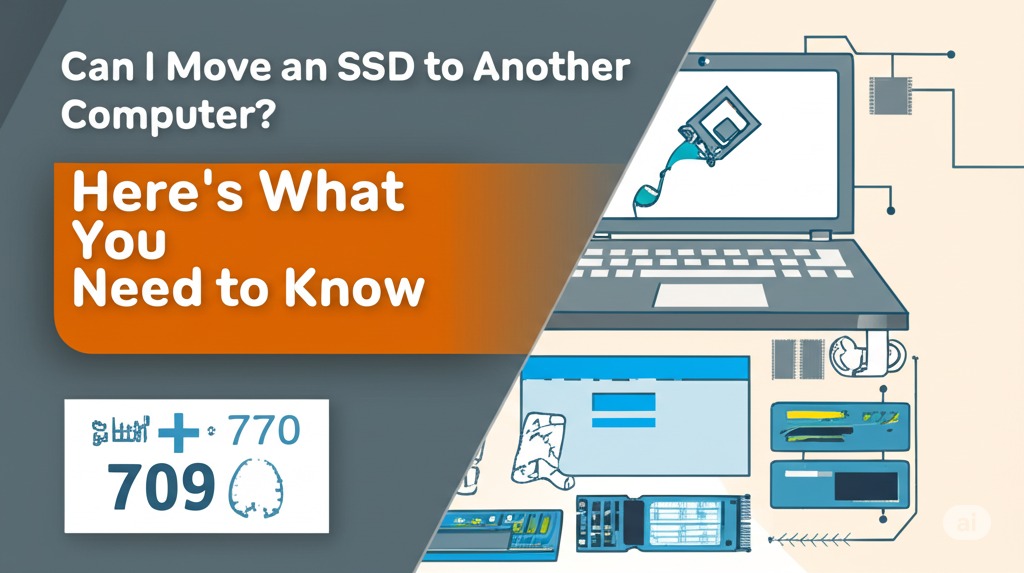Introduction
In the ever-evolving world of technology, curved computer monitors have gained significant popularity among gamers, designers, and professionals alike. But are they truly worth the investment? Do they provide a noticeable difference in performance and comfort compared to traditional flat screens? In this guide, we’ll explore the advantages, disadvantages, and key factors to consider before purchasing a curved monitor.
What Are Curved Monitors?
Curved monitors are designed with a gentle curve that wraps around your field of vision. The curvature is usually measured in radii (e.g., 1800R, 1500R, etc.), with lower numbers indicating a more pronounced curve. Unlike flat monitors, curved screens aim to create a more immersive and comfortable viewing experience.
Advantages of Curved Monitors
1. Enhanced Immersion
One of the biggest selling points of curved monitors is their ability to enhance immersion, particularly in gaming and entertainment. The screen’s curvature mimics the natural shape of the human eye, making content feel more engaging and realistic.
2. Reduced Eye Strain
Curved monitors help reduce eye strain by ensuring that all parts of the screen remain at a more consistent distance from your eyes. This reduces the need for frequent refocusing, leading to a more comfortable experience during long working or gaming sessions.
3. Improved Field of View
A curved screen provides a wider field of view, allowing you to see more without moving your head excessively. This is particularly useful for gamers, video editors, and professionals who work with multiple windows or expansive digital workspaces.
4. Better Contrast and Depth Perception
The curvature of the screen enhances depth perception, making images appear more realistic. This is particularly beneficial for graphic designers, photographers, and content creators who require high levels of accuracy in their work.
5. Minimized Glare and Reflections
Due to their curved nature, these monitors help minimize glare and reflections compared to flat screens, especially when positioned correctly. This can result in a more pleasant and distraction-free viewing experience.
Disadvantages of Curved Monitors
1. Higher Price Tag
Curved monitors tend to be more expensive than their flat counterparts. If you’re on a tight budget, a high-quality flat-screen monitor might offer better value for your money.
2. Not Ideal for Multi-Monitor Setups
If you frequently use multiple monitors, aligning curved screens seamlessly can be challenging. Flat screens tend to be more practical for multi-monitor configurations.
3. Limited Viewing Angles
While curved screens are great for single users sitting directly in front of them, they may not provide the best experience for multiple viewers, as the optimal viewing angle is more limited compared to flat screens.
4. Takes Up More Desk Space
Curved monitors generally require more desk space due to their design. If you have a small or cluttered desk setup, this could be a drawback.
Who Should Buy a Curved Monitor?
Gamers
For gamers, particularly those who play immersive first-person shooters (FPS), racing, or role-playing games (RPGs), a curved monitor can significantly enhance the gaming experience.
Content Creators and Designers
Professionals in creative fields such as video editing, 3D modeling, and graphic design may benefit from the improved depth perception and better screen real estate.
Office Professionals and Remote Workers
If you spend long hours staring at a screen, a curved monitor can help reduce eye strain and improve comfort, making it a great choice for productivity tasks.
Key Factors to Consider Before Buying
Screen Size and Curvature
- Smaller curved monitors (24–27 inches, 1800R): Less noticeable curvature but still beneficial.
- Larger curved monitors (30 inches and above, 1500R or lower): Provide the most immersive experience.
Resolution and Display Quality
- Higher resolutions (1440p, 4K) deliver sharper images and better visuals.
- HDR support enhances color accuracy and contrast for a richer display experience.
Refresh Rate and Response Time
- 60Hz to 144Hz+ refresh rates cater to different levels of gaming and professional needs.
- Lower response times (1ms–5ms) are better for fast-paced gaming.
Connectivity Options
Ensure the monitor includes the necessary HDMI, DisplayPort, USB-C, and other connectivity options to suit your setup.
Conclusion: Are Curved Monitors Worth It?
Curved monitors offer enhanced immersion, reduced eye strain, and a wider field of view, making them an excellent choice for gamers, professionals, and media enthusiasts. However, they come at a higher price and may not be ideal for multi-monitor setups or users with limited desk space.
If you prioritize immersion, visual comfort, and an engaging viewing experience, a curved monitor is definitely worth considering. However, if cost, space, or multi-monitor functionality are more important, a high-quality flat screen may be the better option.
Final Thought: Should You Make the Switch?
Before making a decision, assess your specific needs, workspace, and budget. If a curved monitor aligns with your requirements, it could be a game-changer for your setup!

Caleb Carlson is a contributing writer at Computer Site Engineering, specializing in computer technology, software trends, and hardware innovations. His articles simplify complex tech topics, making them accessible to readers of all levels.





